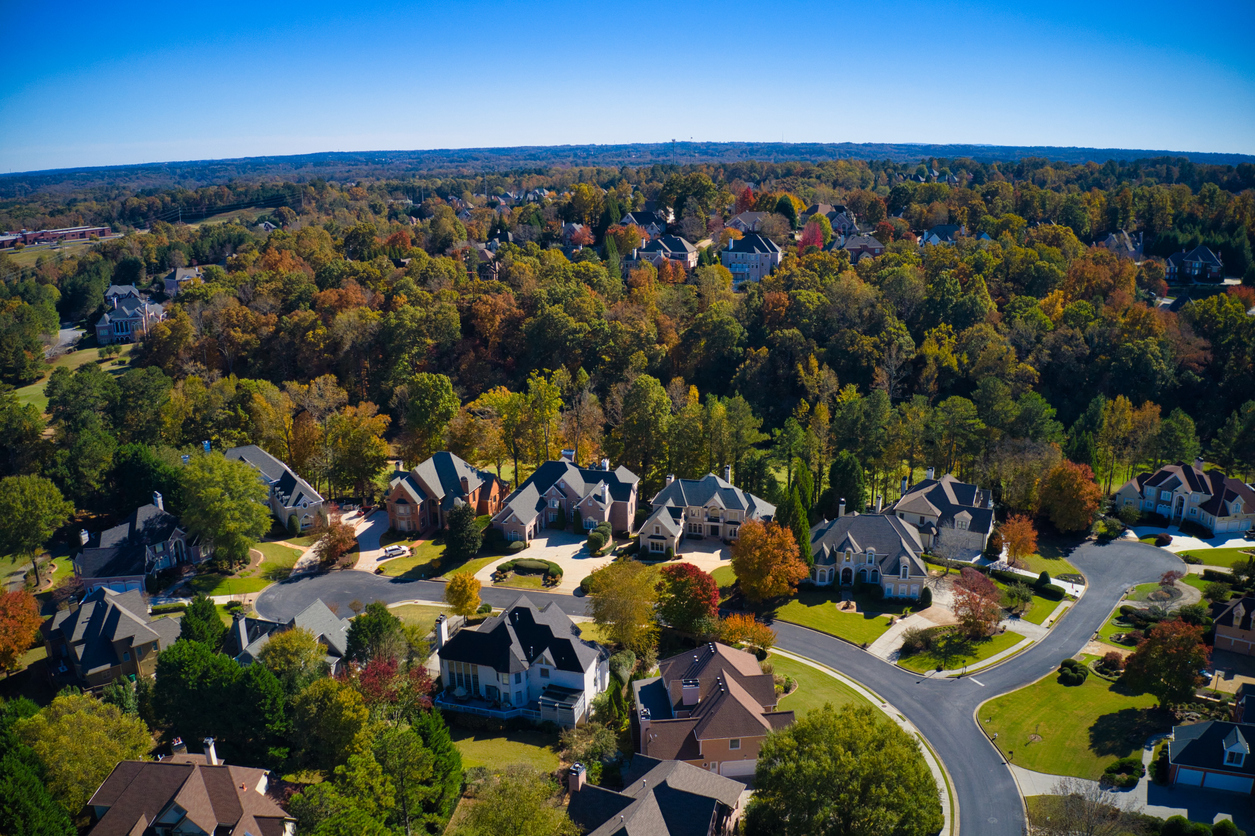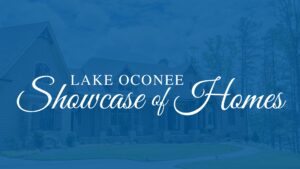Absent a crystal ball, and a gaze into the future, it’s hard to tell what neighborhoods will fare best in the “hold value/increase value” arena. Beside location, neighborhoods have many assets that combine to determine desirability to buyers… schools, parks, transit, retail districts, and healthcare to name a few. Which of these matter to you?
The School District Effect
Traditionally, the strength of a community’s school district has had major influence on surrounding home values. It’s still so, but perhaps not as disproportionately as it has been in the past. Buyers today are broadening their definition of what makes a good school system — and putting premiums on other assets as well.
Boston provides evidence. The median price of a single-family home in Lexington, Massachusetts with its very highly ranked high school according to U.S. News & World Report more than doubled between 2006 and 2021. Prices in Lexington increased slightly between 2006 and 2011, even as they fell nationally and statewide.
Read more on the school district effect in Karen’s two-part Blog Series on The Power and Value of a Home in a Great School District.
It’s likely those growing home values aren’t due solely to the schools; Lexington is a leafy suburb with charming, sidewalk-lined neighborhoods very near to Boston. It has other key assets, too, including a historic town’s common, and a walkable downtown area with shops and restaurants.
The obsession over school rankings has subsided in recent years in part due to low inventory. Buyers understand they’ll have to be more flexible in this market, but it also reflects a broader understanding of what makes a “good school.” It’s not all academics, all the time any more… with sports, and arts, and wonderful community outreach reigning supreme with many. People’s priorities are changing, and what works for one family might not necessarily work for the next.
Check out Karen’s earlier Website Blog Post, How to Pick the Perfect Neighborhood.
Reputation
Reputation matters. Whether or not a town’s schools offer more opportunity than another’s is almost beside the point. Once a reputation for quality schools has been gained, it can become something of a “self-fulfilling prophecy.”
Parents that are focused on their children’s educations are going to seek out these school districts, and when parents are invested in the education of their kids, those kids tend to perform better.” It becomes self-perpetuating.
Quality of Life
Discussions about neighborhood assets tend to boil down to overall quality of life for buyers. Schools districts for some buyers… recreation, transit, and restaurants for others. With two years of isolation, and emphasis away from in-class learning, more people seem to want the places they live in to inspire connectivity, love, and a sense of community around them. As such, things like parks, recreation, community events, great restaurants, and festivals are more important than ever. Lively, vibrant communities appeal to all generations these days.
To feel “part of” and SAFE within a community are paramount.
Walkability
Across nearly all age groups, more buyers are touting walkability to recreation, entertainment, and shopping as “value builders.” Clearly, bad traffic is no asset when it comes to value. Moving to uptown value levels is hard when it’s difficult to get downtown, and around others!
For all your real estate needs, please contact Karen today. She would love to work with you in find the perfect neighborhood that suits your needs and provided you with a great investment.









